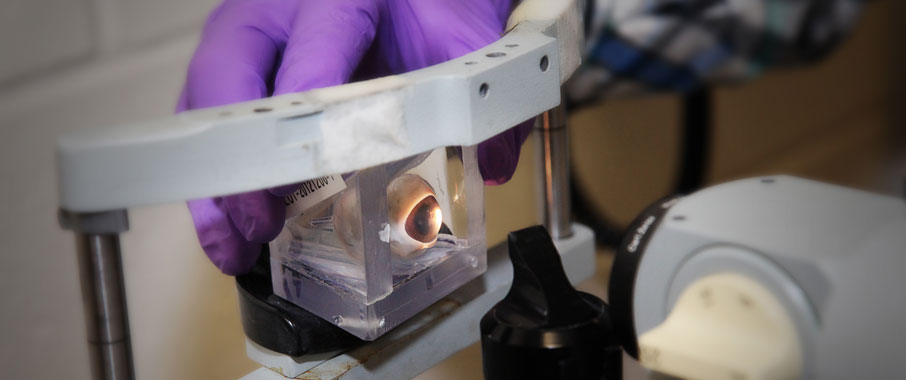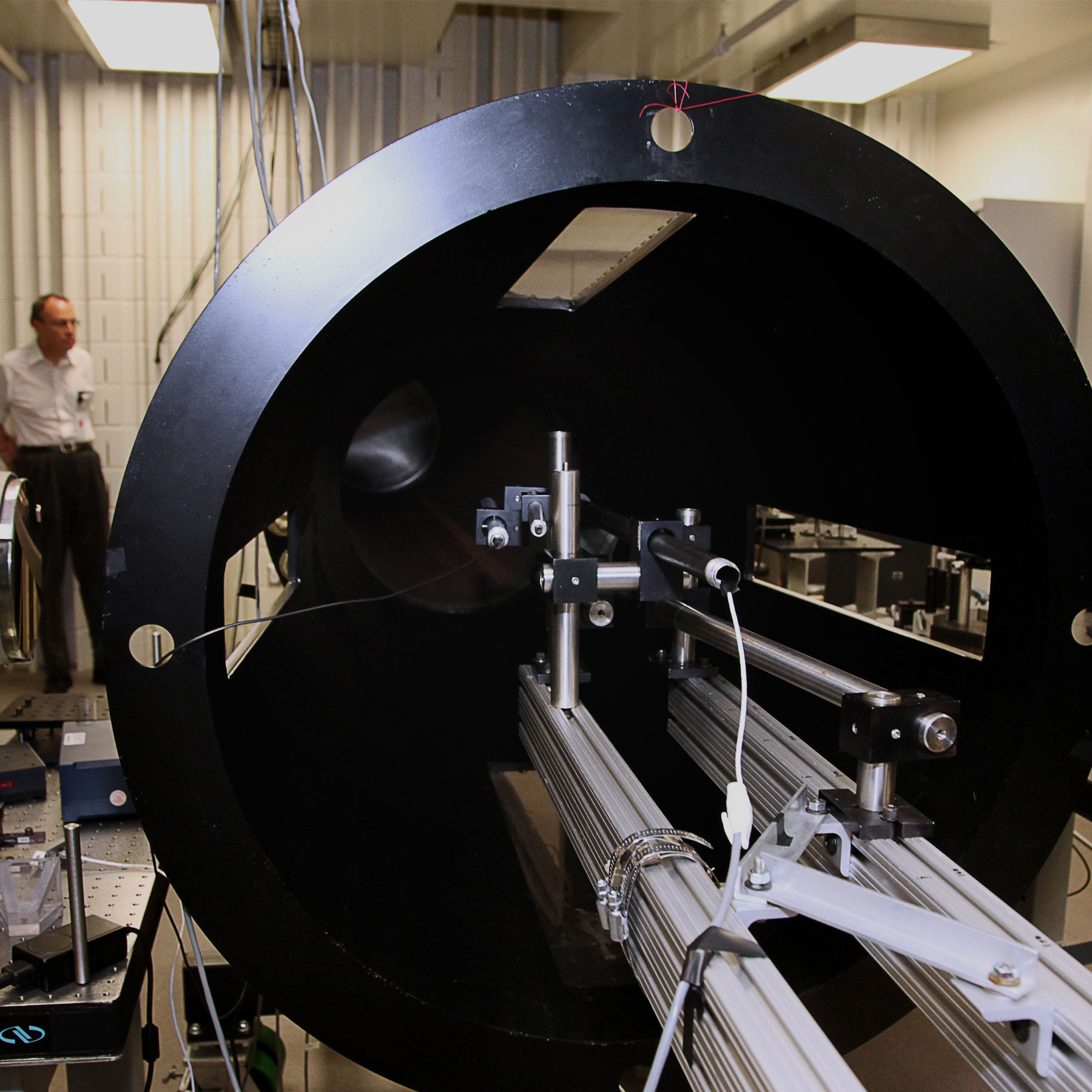


In 2012, Dr. Matthew Reilly, assistant professor in the Biomedical Engineering Department, was named as a co-primary investigator with Walter Gray on an award from The Army Medical Research and Material Command titled “Sub-Lethal Ocular Trauma (SLOT): Establishing Standardized Blast Thresholds to Facilitate Diagnostic, Early Treatment, and Recovery Studies for Blast Injuries to the Eye and Optic Nerve.” And in February 2014, Reilly and the team had an article published in a top ophthalmology journal. Innovations had a chance to sit down with Reilly and check on the progress of the team’s research.
Q: What findings have you discovered so far over the course of your research?
We’ve shown that the shockwave alone (i.e. in the absence of shrapnel or other particles) can cause significant eye injuries which could cause total or partial blindness. These injuries include damage to the retina and choroid (the soft layers which convert light into neurological signals), compromise the eye’s ability to maintain intraocular pressure (i.e. such an injury would lead to glaucoma), and others. Perhaps the most striking and reproducible is damage to the optic nerve which transmits all of the information from the eye to the brain: these injuries occurred even at low pressures and could be the cause of lots of visual deficits which have thus far been assigned to traumatic brain injuries.
Q: Did any of these findings surprise you or were they what you expected?
There has been considerable controversy surrounding whether this type of injury could damage the eye. No one had shown it before, though perhaps because they weren’t looking in the correct way. We had some idea of what to look for based on results from computational models. Perhaps the biggest surprise is the optic nerve injury.
Q: How has the collaboration been between the Army, UTHS and Sponsel?
The collaboration has worked very well. We had some hiccups at the beginning due to some legal issues and more problems last year because of Department of Defense budget cuts, but we stuck it out. None of us could have made any headway without the entire team working together. We’ve put in a couple of additional big grant proposals recently to try to continue the collaboration beyond the current three-year arrangement.
Q: I hear that you and your team just had a paper published in one of the top ophthalmology journals in the nation?
Yes, our paper, which detailed anatomical descriptions of the blast injuries, was published in Investigative Ophthalmology and Visual Science. It’s the official journal of the Association for Research in Vision and Ophthalmology – the largest ophthalmic research society.
Q: How will the findings of this research study positively impact society/people with eye injuries or with the potential to get these types of injuries?
The goals of the study are to identify potential injuries that physicians should screen for following a blast injury, develop diagnostic tests, and develop a computational model which will allow us to design improved protective devices. These types of injuries occur primarily in battlefield scenarios but also in terrorist attacks (e.g. Oklahoma City bombing) and other explosions.
Q: Why did you decide to do this type of research on eye injuries?
I have a lot of friends and family who are, or were, in the military and have had various injuries. I wasn’t in the military, but I would like to better protect those people when they are in the field or give them better diagnostics when they are injured. I want to make sure their quality of life is as high as possible after they have been deployed. I am just trying to give back.
Q: What is the next stage of your team’s research?
The idea for the next part of the study is not only looking at the eye, but also the optic nerve and the brain. Traumatic brain injury (TBI) is a huge issue. Visual defects are one of the most common problems associated with TBI. These problems are currently ascribed to the brain because changes to the eye and optic nerve have not been studied in as much detail. We are hoping to develop a tear or blood test that can tell if there is any type of injury after a blast so that the retinal damage can be taken care of quickly, reducing vision loss.